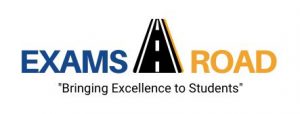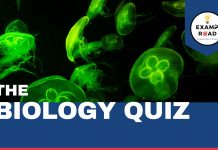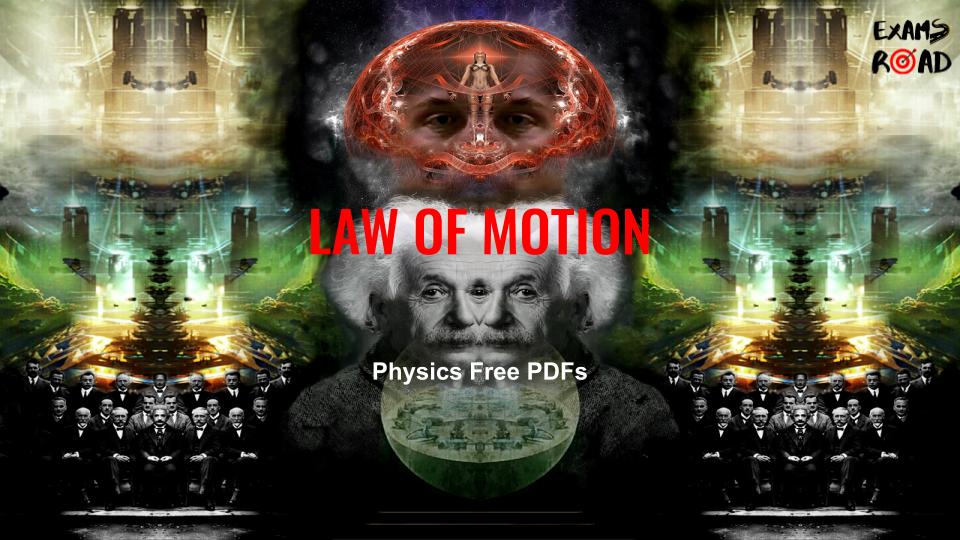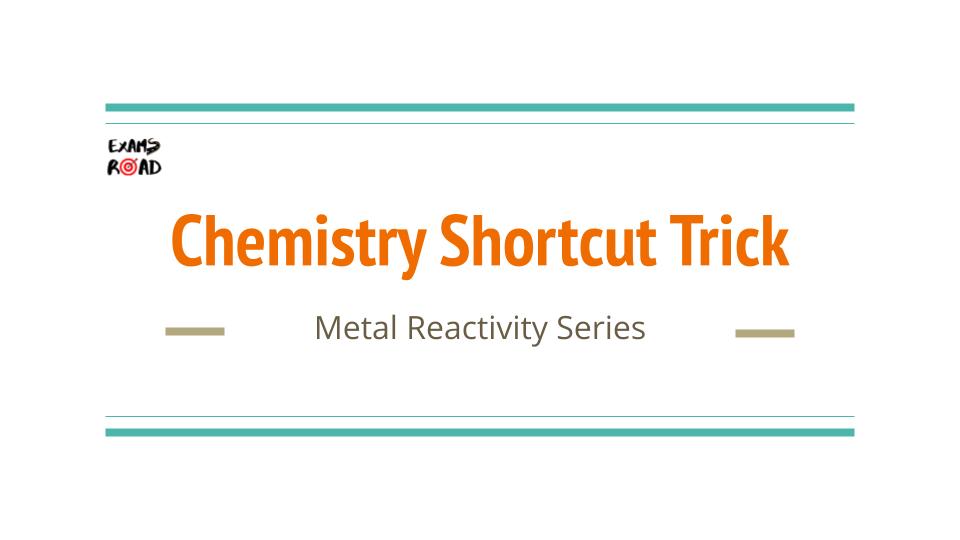Biology Quiz on Chemiosmotic Hypothesis
Biology Quiz on Chemiosmotic Hypothesis: NEET is the most coveted medical entrance examination carried out across the country. It is an objective type, pen-paper test comprising 4 sections – Physics, Chemistry, Botany and Zoology. The maximum marks that can be scored are 720 marks and consists of 180 questions. 50% of the paper is dedicated to Biology, as the NEET exam primarily aims at enabling students to take up seats in medical courses. Biology is one of the most important and vital sections in NEET. It includes theories, descriptions, discoveries, diagrams, definitions, explanation of differences and relations. Most of the concepts covered in the NEET syllabus are from the NCERT syllabus of Class 11 & 12. In this post we are providing you biology quiz on Chemiosmotic Hypothesis.
Biology Quiz on Chemiosmotic Hypothesis
Q1. Which of the following is necessary for chemiosmosis? d) All of the above
a) Membrane
b) Proton gradient
c) Proton pump
d) All of the above
Q2. Proton concentration is highest in which part of the mitochondria? c) Intermembrane space
a) Inner membrane
b) Outer membrane
c) Intermembrane space
d) Matrix
Q3. Which of the following processes is responsible for generating a proton gradient across the thylakoid membrane? d) All of the above
a) Proton carrier transport H+ from stroma to lumen
b) NADP reductase enzyme present at the stroma side, removes proton by reducing NADP+
c) Splitting of water on the inner side of the membrane
d) All of the above
Q4. The ATP synthesised by ATP synthase present in the thylakoid membrane is released towards __________. c) stroma
a) inner membrane
b) outer membrane
c) stroma
d) lumen
Q5. Cyclic photophosphorylation is associated with the production of _________. a) ATP
a) ATP
b) NADPH
c) O2
d) All of the above
Q6. Who proposed the chemiosmotic hypothesis of ATP synthesis? b) Peter Mitchell
a) H G Khorana
b) Peter Mitchell
c) J D Watson
d) Francis Crick
Q7. ATP synthesis by ATP synthase is driven by the movement of __________. b) protons
a) electrons
b) protons
c) NADPH
d) All of the above
Q8. Which part of ATP synthase forms the transmembrane channel? a) CF0
a) CF0
b) CF1
c) Both
d) None
Q9. Proton concentration is highest in which part of the chloroplast? b) Lumen of thylakoids
a) Antennae complex
b) Lumen of thylakoids
c) Intermembrane space
d) Stroma
Q10. During cellular respiration, chemiosmosis occurs in _________. a) Mitochondria
a) Mitochondria
b) Nucleoplasm
c) Chloroplast
d) Peroxisome
Subject-wise Tricks Tips & Question with Solution PDFs
| S.NO | Subject Name | Topic-wise PDFs Download Link |
| 1. | Chemistry Notes PDF | Click Here to Download Now |
| 2. | Maths Notes PDF | Click Here to Download Now |
| 3. | Physics Notes PDF | Click Here to Download Now |
| 4. | Biology Notes PDF | Click Here to Download Now |
Syllabus and Previous Year Papers |
|
| Chemistry Syllabus for NEET & AIIMS Exams | Click Here |
| Chemistry Syllabus for JEE Mains & Advanced | Click Here |
| Chapter Wise NEET Chemistry Syllabus | Click Here |
| Physics Syllabus for NEET & AIIMS Exams | Click Here |
| Physics Syllabus for JEE Mains & Advanced | Click Here |
| Chapter Wise NEET Physics Syllabus | Click Here |
| Biology Syllabus for NEET & AIIMS Exams | Click Here |
| Chapter Wise NEET Biology Syllabus | Click Here |
| Maths Syllabus for JEE Mains & Advanced | Click Here |
| Download NEET Previous Year Question Papers with Solution | Click Here |
|
|
|
| https://www.facebook.com/ExamsRoadOfficial | |
| Telegram | https://telegram.me/ExamsRoad |
| https://twitter.com/ExamsRoad | |
| https://www.instagram.com/ExamsRoad/ | |
| YouTube | Click Here To Subscribe Now |
Thank You.
By TEAM ExamsRoad.com

















